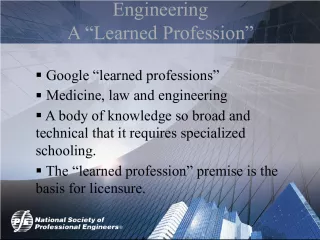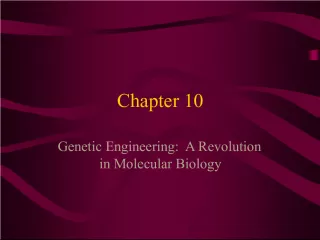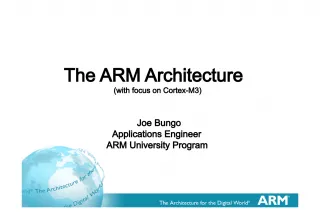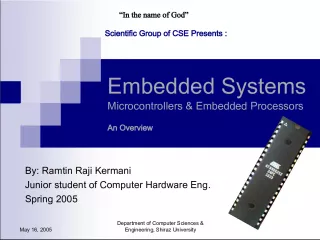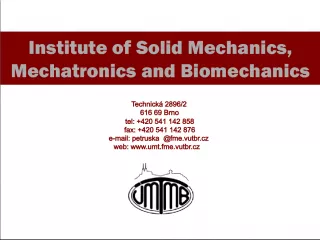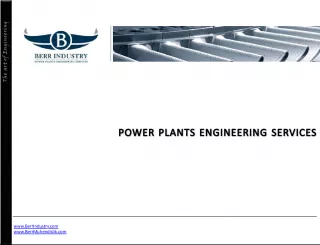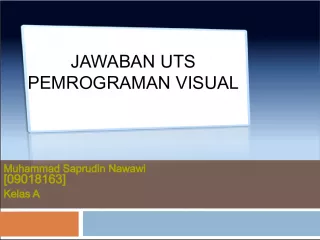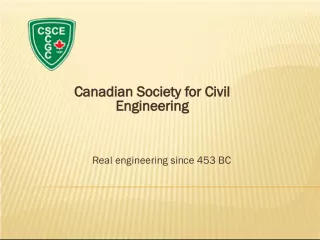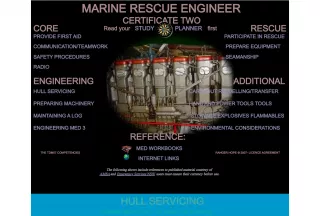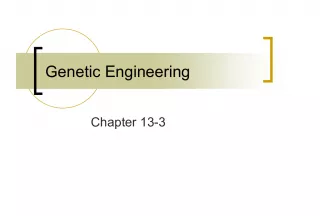Introduction to Nanotech Engineering and Its Useful Applications


Learn about nanotechnology, its definition and various applications, including the nanodization titanium anodization, through an introduction by Waterloo Engineering Outreach co-op student, Ricky.
- Uploaded on | 3 Views
-
 romeo
romeo
About Introduction to Nanotech Engineering and Its Useful Applications
PowerPoint presentation about 'Introduction to Nanotech Engineering and Its Useful Applications'. This presentation describes the topic on Learn about nanotechnology, its definition and various applications, including the nanodization titanium anodization, through an introduction by Waterloo Engineering Outreach co-op student, Ricky.. The key topics included in this slideshow are Nanotech Engineering, Nanodization Titanium, Waterloo Engineering Outreach, Community Engagement, Nanoscale,. Download this presentation absolutely free.
Presentation Transcript
1. Nanodization Titanium Anodization for various useful applications!
2. Introduction My name is Ricky Going into 4A Nanotech Engineering Currently on co-op with Waterloo Engineering Outreach
3. A bit about WE-Connect Community and youth engagement through educational and innovative programs Engineering Science Quest (ESQ) and Catalyst are our two biggest programs
4. What is nanotechnology? Official definition from the Canadian government: Nanotechnology is the application of scientific knowledge to manipulate and control matter in the nanoscale to make use of size- and structure- dependent properties and phenomena distinct from those associated with individual atoms or molecules or with bulk materials. The term "nanoscale" is defined as 1 to 100 nanometers (nm) inclusive. Very broad definition, because it is broad! Examples of nanotechnology in nature: Setae on a gecko, hydrophobicity of lotus leaves, strength of silk, etc.
5. Why Nano?
6. Titanium Atomic number 22. Relatively inert, high strength to weight ratio Uses: aerospace, medical, JEWELLERY
7. Anodization The electrolytic process of growing oxides on metal surfaces The metal oxide layer is usually more wear and corrosive-resistant Oxide layers can be anywhere in the nano to micro meter range Popular use: anodized aluminum
8. Titanium Anodization Allows for colorization of titanium without the use of paints or dyes Titanium oxide that forms is more durable than the metal itself Useful for: car parts, electronics, etc
9. Mechanism Titanium metal reacts readily with oxygen at SATP which creates a thin (~2nm) passivating oxide layer. When the titanium is used as an anode (positive) and a current is passed through, an electric field occurs in the oxide layer. This prevents electrons from flowing into the metal from the electrolyte. When the voltage is increased, the field strength increases until it is strong enough to push the ions in the oxide to the metal/oxide and oxide/electrolyte interface
10. Mechanism, Continued Interesting things to note: Oxide grows from 2 fronts The oxide thickness is proportional to the voltage applied
11. Where does the colour come from? Thin-film interference! Phenomenon where light reflects off the top and bottom surfaces of a transparent thin-film The difference in path length will cause the light to constructively and destructively interfere and make the film appear to be a certain colour
12. On to the actual activity.. What you need to anodize titanium: 1. A sample of titanium 2. A power source (anything from a variable voltage bench-top power supply to multiple 9V batteries) 3. An electrolyte (were using sodium borate, street name: Borax) 4. Wires (alligator clips optional) 5. Counter electrode (scrap piece of titanium, stainless steel, etc) 6. Gloves
13. Procedure 1. Connect the titanium to be anodized to the positive terminal of the power supply 2. Connect the counter electrode to the negative terminal of the power supply 3. Make a solution of borax and distilled water (~4% which is close to saturation) 4. Submerge both electrodes into electrolyte solution, taking care to make sure that they do not touch each other. 5. Turn on the power supply (or complete the circuit in the case of 9V batteries) 6. Wait. 7. Done!
14. As a teaching tool Titanium anodization can be a valuable teaching tool because: Low cost Low safety risk High impact Materials are relatively easy to obtain
15. Sources of Titanium Online! http://www.apmbodyjewelry.com/ Titanium manufacturers Scrap pieces from parts processing University/college machine shops/labs
16. Thank you!! Questions can be directed to r2tjandr@uwaterloo.ca




